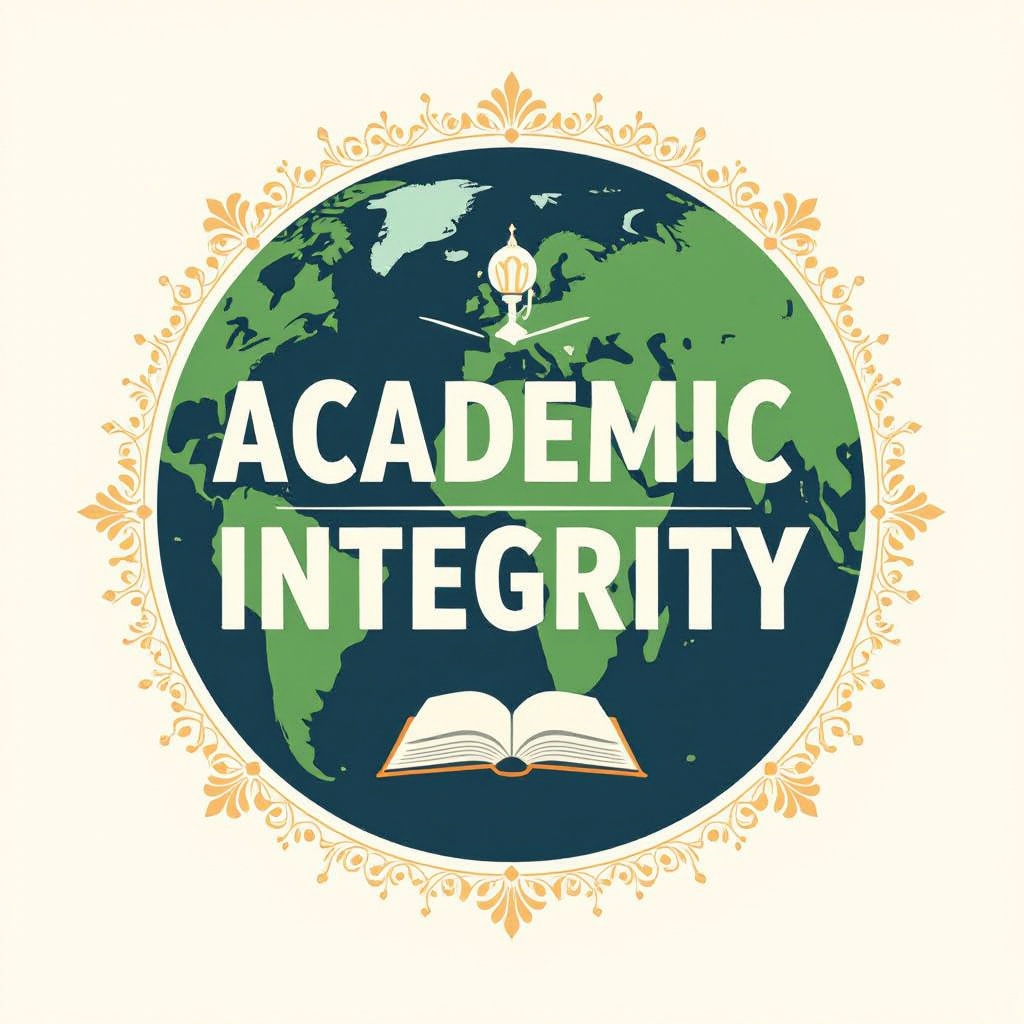Achieving academic excellence in UAE universities hinges on producing plagiarism-free work. Students face tight deadlines and high-grade expectations, making it essential to uphold academic integrity. Tools like Turnitin and iThenticate are critical in reinforcing originality. These tools work alongside institutional policies and training programs that support quality in academic submissions, especially with the challenges posed by advancing AI technologies. Key Takeaways 92% of students in the UAE and KSA grasp the significance of academic integrity, yet pressures and deadlines sometimes lead to plagiarism. Tools like Turnitin and iThenticate are essential for preserving originality. They also educate students on proper citation methods. University workshops offer vital training on academic writing and plagiarism prevention, boosting students’ knowledge of accurate referencing. AI-generative tools introduce new hurdles in plagiarism detection, requiring ongoing updates and collaboration with educators and developers. Consistent communication and policy enforcement across faculty are crucial for nurturing a culture of academic honesty and achieving effective learning outcomes. https://www.youtube.com/watch?v=ptHIA5bMnio. Understanding Plagiarism in the UAE Academic Context Plagiarism means presenting someone else’s work without proper acknowledgment. It comes from the Latin term “plagium,” meaning “theft.” Many students in UAE universities turn to plagiarism due to pressure for high grades, tight deadlines, and a lack of understanding about referencing. Despite these challenges, a significant 92% of students in the UAE and KSA are aware of academic integrity standards. Interestingly, there are gender differences in how students learn about these standards. Men and women often receive this knowledge through different methods, which could influence their engagement with academic integrity. Familiarity with proper citation and referencing is crucial. Clearing up misconceptions about plagiarism can help maintain academic honesty and foster a fair educational environment. The Role of Plagiarism Prevention and Detection Tools Turnitin has become a staple in ensuring originality in student submissions. It’s not just about detection—it’s also an educational resource, helping students understand proper citation and avoid pitfalls. Meanwhile, researchers often turn to iThenticate. This tool caters specifically to academic and professional research requirements. Notably, Turnitin holds a significant user base, with 43% of users, while iThenticate follows closely with 32.8%. Beyond these, other tools like Dupli Checker and Plagiarisma are accessible and feature-rich, providing alternatives for checking content originality. These platforms offer varied functionalities, further supporting students and professionals in maintaining the integrity of their work. Turnitin and iThenticate might lead the charge, but these additional resources ensure everyone has options to uphold academic honesty. Institutional Quality Assurance Measures: Policies and Training University workshops focusing on academic writing and the use of anti-plagiarism tools play a crucial role in reinforcing best practices for students. These sessions often cover: In-depth guidance on citation styles Effective use of anti-plagiarism software Strategies to maintain academic integrity Services like UAEU’s free editing and manuscript checks offer students an additional layer of support to ensure their work meets quality standards. Consistent enforcement of these policies within institutions is essential. Yet, enforcement often varies across faculty members, highlighting the need for standardization. Uniform policies help maintain fairness and clear expectations for students, promoting a cohesive educational environment. By ensuring faculty apply policies consistently, schools reduce confusion and uphold integrity. This approach fosters a culture of learning where quality and honesty are prioritized. Challenges and Emerging Issues: Exploring New Frontiers AI-generative tools have added new layers of difficulty to plagiarism detection. These advanced technologies can generate content that closely resembles original work, making it tricky for detection tools to keep up. Unfortunately, this often leads to challenges in identifying AI-generated content. With these tools on the rise, educators and students need to understand the scope of current detection software. There’s a growing concern about the reliability of existing detection tools. Various studies indicate that while they can identify some forms of plagiarism, others may slip through. This inconsistency can impact the confidence both students and faculty place in these systems. Policy enforcement inconsistencies further complicate matters. If guidelines aren’t clearly communicated, students might find themselves inadvertently committing plagiarism due to a lack of understanding. Clear, transparent policies are crucial, and institutions in the UAE must ensure these are readily accessible. Surveys shed light on faculty attitudes, emphasizing the importance of vigilance in using anti-plagiarism tools. Faculty members have to understand the tools’ capabilities and limitations to use them effectively. Regular use of these tools is essential to maintain academic integrity. To ensure quality, teachers should regularly update their knowledge about these tools and integrate them into their teaching practices. In light of these challenges, collaboration between tech developers, educators, and policymakers is essential. Consistent updates and education on detection capabilities can help tackle these emerging issues effectively. Success Stories, Continued Challenges, and Future Directions Since the implementation of anti-plagiarism tools, with 78.13% of faculty adopting these measures, there’s been a noticeable increase in maintaining academic integrity. Post-2020, institutions have significantly upped their game. They’ve rolled out enhanced support systems, resulting in better student awareness. Pre-2020 saw fewer resources focused on plagiarism prevention, whereas now, there’s a concentrated effort on education and support. Ongoing challenges remain, despite these advancements. Academic institutions still battle against varied student approaches to citing sources. However, improvements are evident. Anecdotal evidence from UAE universities highlights a shift in student attitudes, reflecting the growing importance of maintaining integrity. Overall, by leveraging current successes and addressing ongoing challenges, UAE institutions are paving the way for a more transparent academic future, emphasizing both proactive efforts and adaptive responses. How ExamHelp.ae Ensures Plagiarism-Free Assignments 1. Use of Leading Plagiarism Detection Tools At ExamHelp.ae, we integrate advanced plagiarism detection tools like Turnitin and iThenticate into our process. Every document undergoes a thorough originality check before delivery. Turnitin: Widely used in UAE universities for checking student submissions. iThenticate: Trusted by researchers and professionals for publishing-ready work. We also provide guidance on how to interpret Turnitin reports and avoid accidental plagiarism. 2. Expert Academic Writers and Editors Our experienced academic writers ensure every assignment is unique and meets your university’s standards. They are familiar
